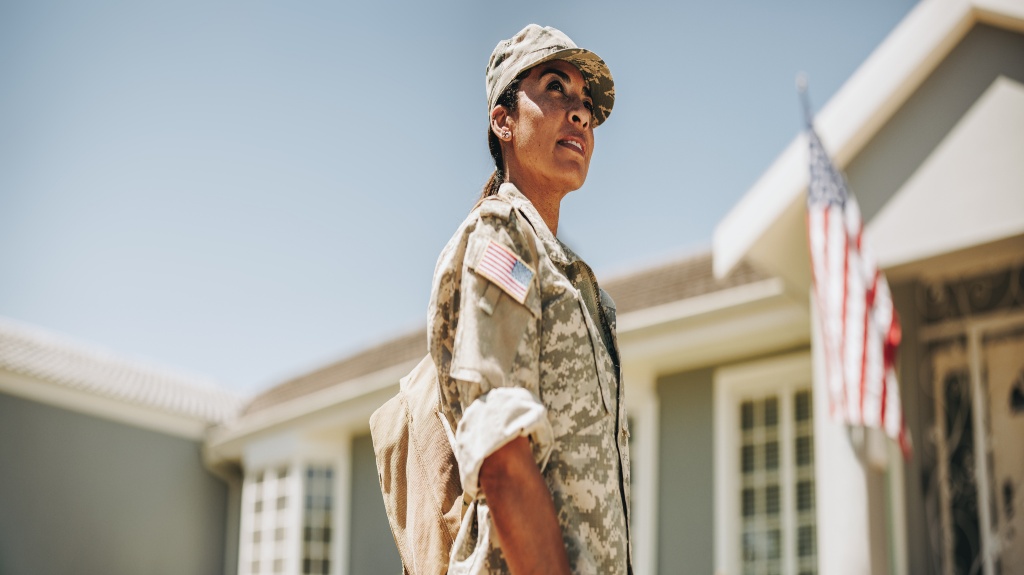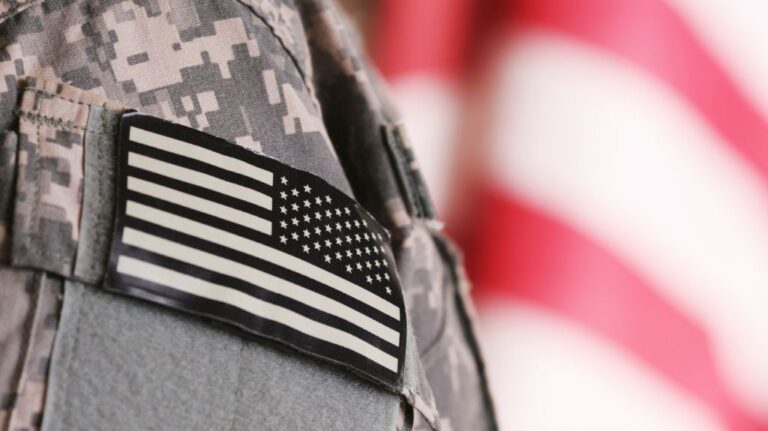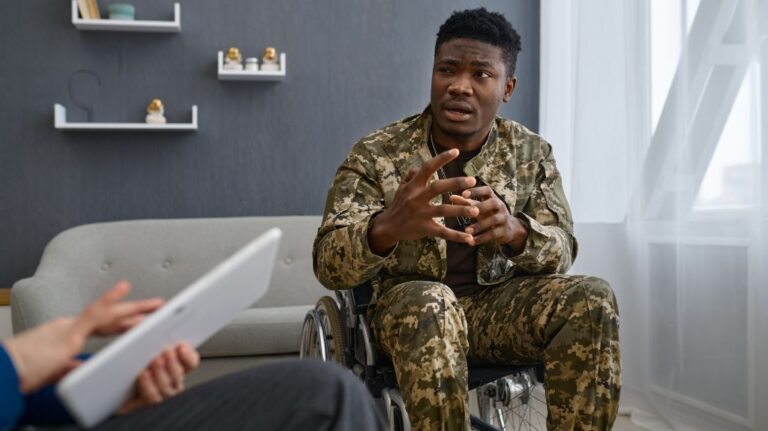VA Disability Benefits for Female Veterans: A Guide

As more women serve in the military, their needs and experiences as veterans have gained significant attention. Female veterans are entitled to the same VA disability benefits as their male counterparts, but they may encounter unique challenges related to both their service and the claims process. This guide will help female veterans better understand the benefits available to them and how to navigate the VA disability system.
VA Disability Eligibility for Female Veterans
Female veterans are eligible for VA disability benefits if they have a service-connected disability. A service-connected disability is any condition that developed or was aggravated during active duty, or one that manifested after service as a result of military duty. Conditions that affect female veterans can range from physical injuries to mental health conditions, such as:
- Post-Traumatic Stress Disorder (PTSD): Female veterans may experience PTSD due to combat, military sexual trauma (MST), or other traumatic events during their service.
- Military Sexual Trauma (MST): Women in the military are more likely to experience sexual harassment or assault, which can lead to long-term physical and mental health issues.
- Gynecological Conditions: Reproductive health issues, such as endometriosis, pelvic pain, and other gynecological conditions, may be service-connected and eligible for VA disability benefits.
Common Disabilities Among Female Veterans
Female veterans may face specific health challenges due to their unique biological differences and military experiences. Some of the most common conditions reported by female veterans include:
1. PTSD and Mental Health Disorders
Women in the military may develop PTSD from various stressors, including combat and military sexual trauma (MST). The VA recognizes MST as a significant factor in women’s mental health, offering counseling and compensation for related conditions like anxiety, depression, and PTSD.
2. Gynecological Conditions
Many female veterans experience gynecological issues, such as uterine fibroids, pelvic pain, and infertility, which may have developed during service. These conditions can often be linked to service-connected injuries, environmental exposures, or the physical demands of military duties.
3. Musculoskeletal Injuries
Women in the military may be more susceptible to musculoskeletal injuries due to training exercises and physical strain. Back injuries, joint pain, and conditions like arthritis are common disabilities that female veterans may experience.
Special Considerations for Female Veterans
The VA disability claims process may present unique challenges for female veterans, particularly when it comes to conditions like MST or reproductive health issues. Female veterans are often underserved, and their claims may be more difficult to substantiate if they relate to invisible injuries such as mental health conditions or sexual trauma.
- Military Sexual Trauma (MST) Claims The VA provides specialized assistance for female veterans who have experienced MST. However, proving an MST-related disability can be challenging, especially if no official report was filed during service. Veterans should seek medical records, personal statements, or other forms of evidence to strengthen their claims.
- Gynecological and Reproductive Health Issues Female veterans dealing with gynecological issues often face obstacles in proving service connection, as these conditions may not have been adequately documented during their time in the military. It’s crucial to gather medical evidence from both military and civilian doctors to support the claim.
How to File a VA Disability Claim
Filing for VA disability benefits can be a complex process, especially when dealing with conditions that may not be as widely understood or recognized. Female veterans should follow these steps:
- Gather Evidence: Collect medical records, service records, and any documentation related to your condition. This includes both military medical records and any post-service treatment you’ve received.
- File a Claim: Submit your VA disability claim through the VA website or by mail. You can also work with a VA-accredited representative to ensure all necessary documentation is included.
- Seek Medical Examinations: Be prepared to undergo a Compensation and Pension (C&P) exam or provide additional evidence as requested by the VA.
- Appeal if Necessary: If your claim is denied or you receive a lower rating than expected, you have the right to appeal the decision. Working with an experienced attorney can help ensure the best possible outcome.
Get Help Receiving Benefits
Female veterans deserve the same recognition and support for their service-connected disabilities as any other veteran. However, they may face unique challenges in filing claims, especially for conditions related to military sexual trauma or gynecological health. By understanding their rights and gathering the appropriate evidence, female veterans can receive the compensation they deserve.
If you’re a female veteran struggling with a VA disability claim or need help navigating the process, VA Benefits Attorneys can provide expert guidance. Contact us today for a consultation to ensure your rights are protected and you receive the benefits you’ve earned.







